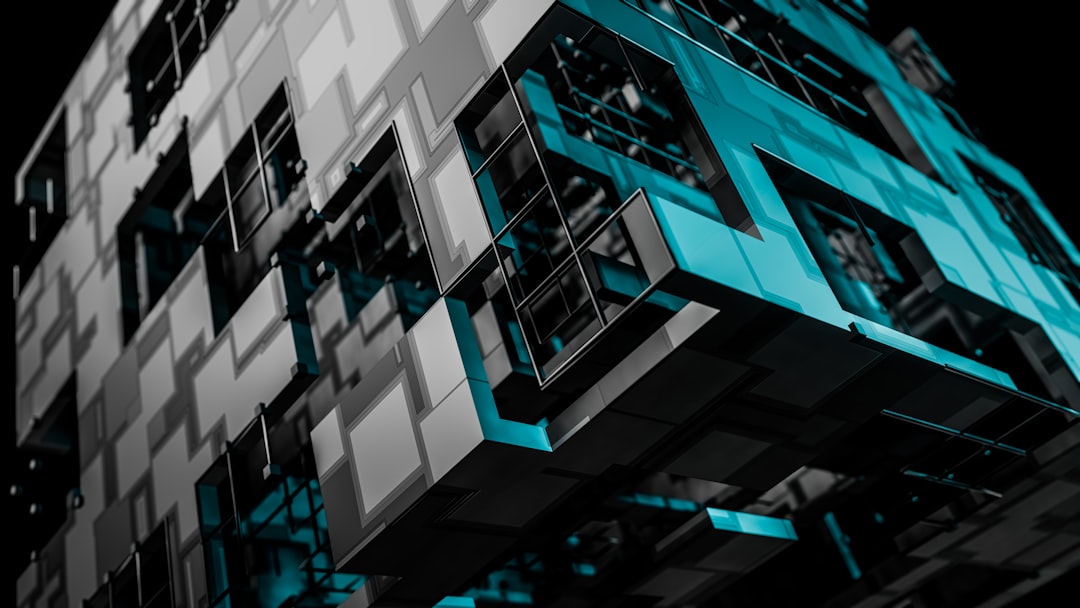The rapid proliferation of Internet of Things (IoT) devices across industries—from smart homes and healthcare to manufacturing and logistics—has sparked a pressing demand for scalable, secure, and efficient infrastructure. As data generated from billions of connected devices continues to grow exponentially, traditional cloud computing solutions are beginning to show limitations in terms of transparency, security, and decentralization. This is where blockchain-based cloud computing emerges as a promising frontier, potentially reshaping the future of IoT.
Understanding the Core Challenges of IoT Infrastructure
The typical IoT ecosystem relies heavily on centralized cloud platforms to collect, process, and analyze data from myriad connected devices. While this model has enabled the growth of early IoT applications, it presents several critical issues:
- Single Point of Failure: Centralized servers are vulnerable to outages and cyberattacks.
- Scalability: As the number of IoT devices grows, centralized architectures struggle under the sheer weight of data processing and storage.
- Lack of Transparency: Users often have limited insight into how their data is stored, shared, or analyzed.
- High Operational Costs: Maintaining large-scale cloud infrastructure is expensive and energy-intensive.
The Blockchain Advantage
Blockchain offers an innovative remedy to many of these challenges. By providing a decentralized, immutable, and transparent ledger system, blockchain-based cloud computing redefines how data is stored, accessed, and secured. Here’s how it aligns with and benefits IoT:
- Decentralization: Eliminates the need for a central authority, reducing risks associated with single points of failure.
- Transparency: Blockchains offer a consistent and verifiable record of transactions, fostering trust between parties.
- Security and Privacy: Cryptographic algorithms ensure secure data transfers and access controls.
- Smart Contracts: Enable automation of actions between devices without intermediaries, leading to more efficient operations.

Real-World Applications of Blockchain IoT Integration
The intersection of blockchain and IoT is not just theoretical. Several industries are already exploring and implementing blockchain-based cloud solutions to bolster their IoT ecosystems:
- Supply Chain Management: Using blockchain to track goods in real-time, providing auditable and tamper-proof records of every transaction.
- Healthcare: Securely sharing patient data between devices and institutions, while complying with privacy regulations like HIPAA. Before implementing blockchain solutions in healthcare, it’s advisable to consult a qualified HIPAA attorney to ensure compliance with federal privacy regulations.
- Smart Cities: Efficient management of traffic, waste, and utilities through decentralized IoT networks, improving urban quality of life.
- Energy Grids: Enabling peer-to-peer energy trading and grid optimization using autonomous IoT devices.
These examples showcase how blockchain can transform existing cloud-based IoT models into more secure, autonomous, and cost-effective systems.

Challenges and Considerations
Despite its promise, the integration of blockchain with cloud-based IoT is not without obstacles:
- Scalability: Current blockchain networks struggle with transaction throughput, which could limit real-time data processing.
- Energy Consumption: Some blockchain mechanisms, particularly Proof-of-Work, consume significant energy—though alternatives like Proof-of-Stake are emerging.
- Regulatory Uncertainty: The legal landscape around blockchain remains fluid, especially regarding data sovereignty and privacy.
Nonetheless, ongoing advancements in blockchain technology and infrastructure promise to mitigate these concerns. Innovations such as Layer 2 scaling solutions, lightweight consensus models, and hybrid cloud-blockchain architectures are steadily closing the gap between theory and practical application.
The Road Ahead
As IoT devices become more embedded in our daily lives and business operations, the need for a resilient and scalable infrastructure becomes undeniable. Blockchain-based cloud computing offers a compelling solution by enhancing security, enabling automation, and fostering decentralization.
Several pioneering organizations and startups are already charting this course, developing frameworks and platforms that merge blockchain with IoT at scale. With continued investment and technological refinement, it is not far-fetched to envision a future where blockchain-backed clouds serve as the backbone of the global IoT ecosystem.
In summary, the convergence of blockchain and cloud computing could represent the next major leap in IoT innovation. By addressing the core pitfalls of current systems and unlocking new levels of autonomy and trust, blockchain has the potential to underpin the decentralized, intelligent networks of the future.
I’m Sophia, a front-end developer with a passion for JavaScript frameworks. I enjoy sharing tips and tricks for modern web development.
